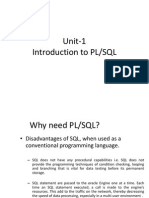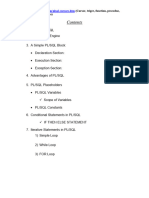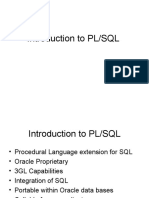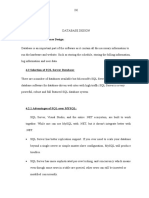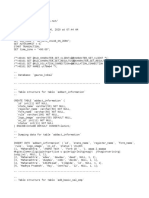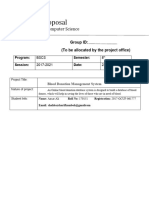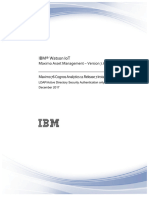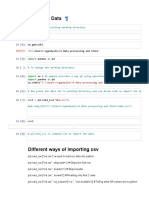0% found this document useful (0 votes)
20 views28 pagesUnit3 PLSQL
PL/SQL is a procedural language extension for SQL, offering features like error checking, block-structured programming, and support for object-oriented concepts. It integrates seamlessly with SQL, enabling high productivity and performance while also having advantages and disadvantages such as memory usage and debugging challenges. The document outlines PL/SQL's structure, control structures, cursors, triggers, and debugging techniques.
Uploaded by
yash chakervertiCopyright
© © All Rights Reserved
We take content rights seriously. If you suspect this is your content, claim it here.
Available Formats
Download as PPT, PDF, TXT or read online on Scribd
0% found this document useful (0 votes)
20 views28 pagesUnit3 PLSQL
PL/SQL is a procedural language extension for SQL, offering features like error checking, block-structured programming, and support for object-oriented concepts. It integrates seamlessly with SQL, enabling high productivity and performance while also having advantages and disadvantages such as memory usage and debugging challenges. The document outlines PL/SQL's structure, control structures, cursors, triggers, and debugging techniques.
Uploaded by
yash chakervertiCopyright
© © All Rights Reserved
We take content rights seriously. If you suspect this is your content, claim it here.
Available Formats
Download as PPT, PDF, TXT or read online on Scribd
/ 28





























